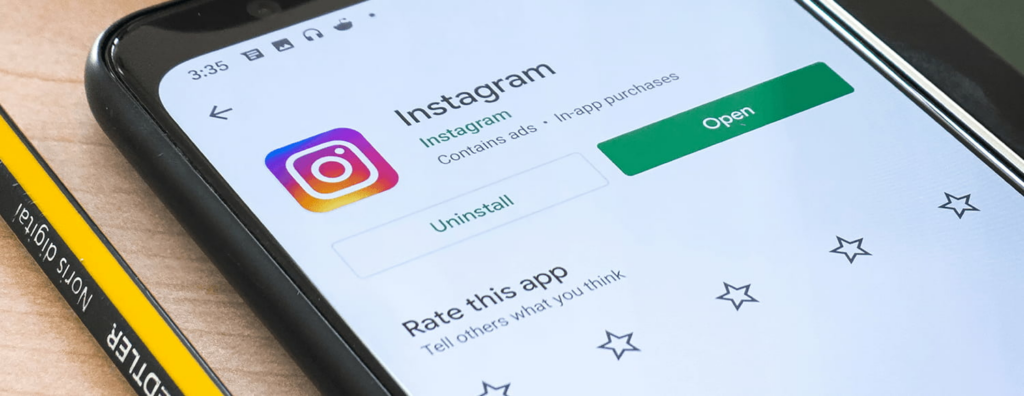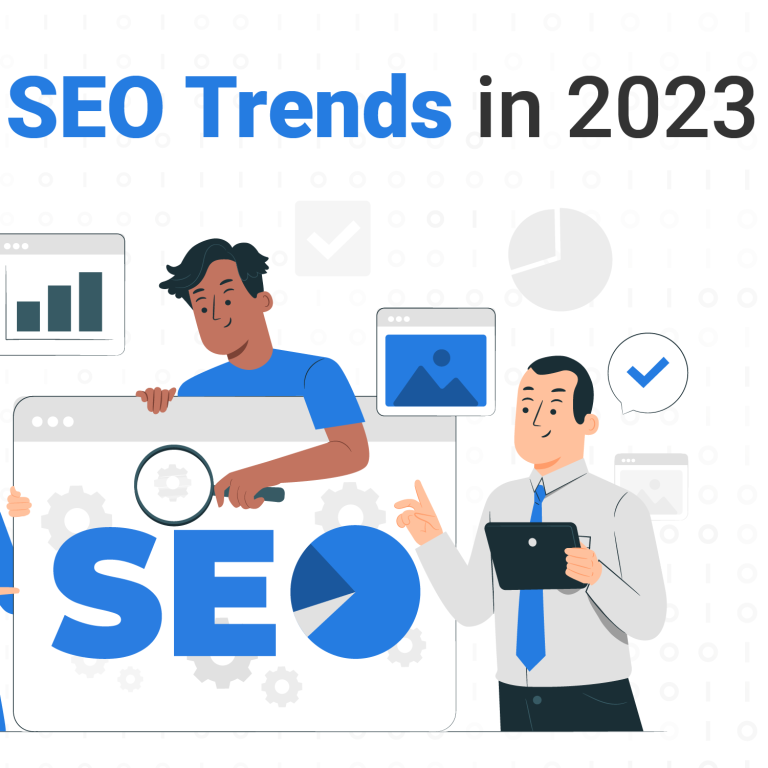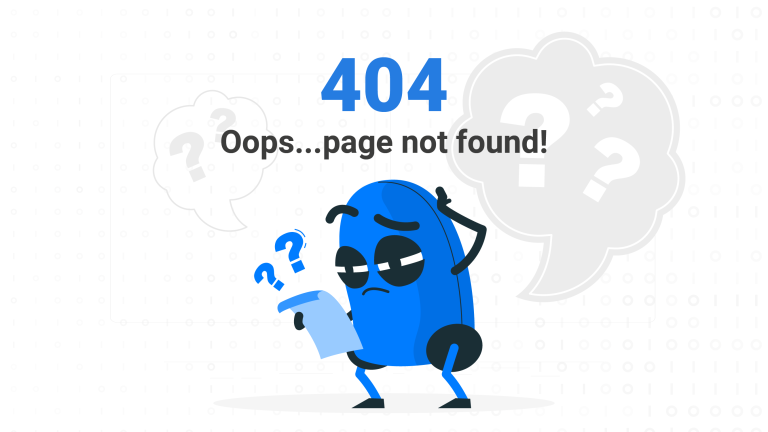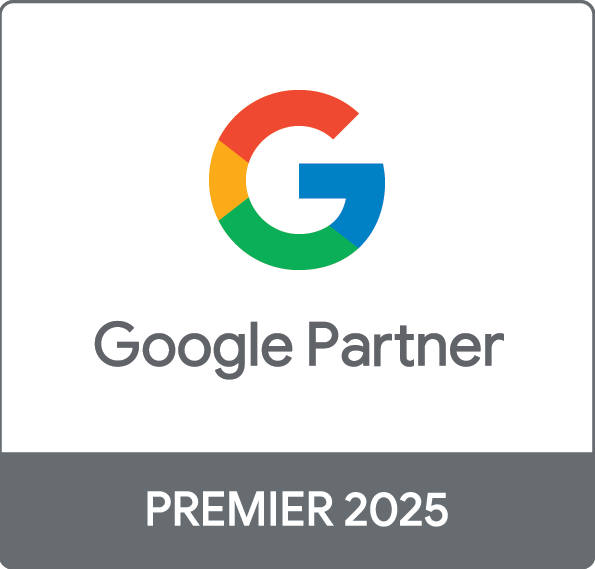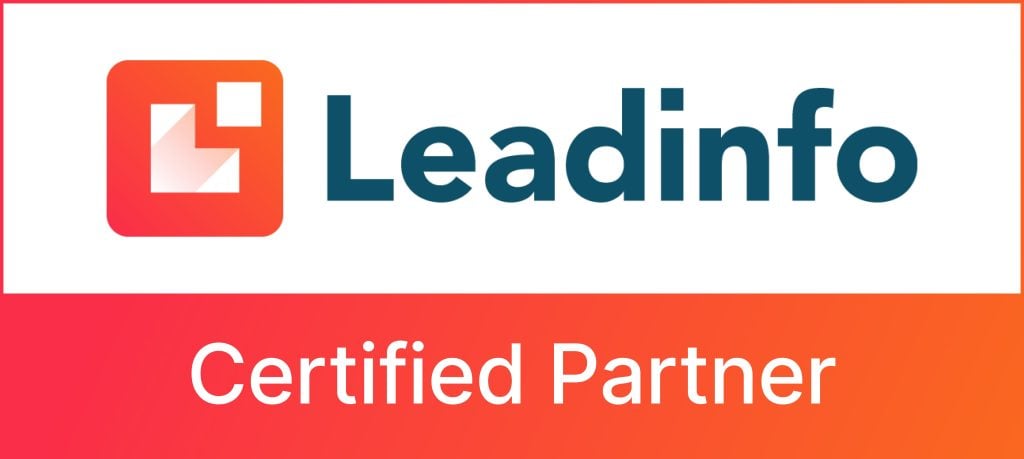What are Mobile App Install Ads?
App install ads allow users to install apps directly by clicking on the ad. Based on where the ad appears, any original content may be added to, removed, or modified during the ad serving process. Facebook does this to help make sure that users get a great experience from the ad no matter when and where they see it.
Mobile apps are a huge part of marketing today. In a world where competition for both clients and online attention is high, mobile apps can help keep users thinking about and engage with brands they see.
Best Practices for Successful Mobile App Install Advertising
When you are looking to drive mobile app installs or grow mobile app engagement, awareness, or app purchase. Having the right strategies in place the right target audience is essential.
1) Set Up Conversion Tracking
In order to drive mobile app installs, add the Facebook Software Development Kit (SDK) to the app. After you implement the Facebook SDK in the app, create a new app install ad campaign. Check with the app developer and make sure that they have followed all the steps for setting up the Facebook SDK in the app to ensure performance marketers get the most valuable data.
What is the SDK?
It’s a set of tools that can be used to develop software applications targeting a specific platform. It stands for Software Development Kit. The term software development kit is generally used to refer to a set of resources made available. Any binary or source file that is necessary or helpful to developers using the platform.
2) Create Custom Audiences
A Custom Audience is a targeted advertising service that allows businesses to import user email addresses for retargeting on the social media platform. Custom Audiences are an effective way for online businesses to interact with relevant users across multiple channels. We write in greater depth about custom audiences and Facebook ad targeting in this article.
One of the greatest advantages of Facebook advertising is the vast array of targeting options available to companies, particularly ecommerce stores. These filters help brands increase the relevance of their ad messages by targeting audiences that are most likely to respond. The more relevant the advertising is, the greater the return on investment.
The best practice is to start by creating at least two custom audiences that reflect your highest value users and most engaged users from the last 14-30 days.
3) Creating Lookalike Audiences
A lookalike audience is a targeting audience based on a custom audience. Examples of custom audiences include people on a company’s email list, website visitors, and Facebook users who engage with their video or Facebook page. By creating a lookalike audience of a custom audience, Facebook finds users who have similar attributes to the people who are in that base custom audience.
Lookalike audiences are a Facebook segmentation tool that finds users whose demographics and interests are similar to those of existing followers. These are easy to create and implement, making them extremely versatile.
Lookalike audiences give brands a way to reach a cold audience beyond interest or behavior targeting. It also gives you a way to reach cold audiences that are like warm audiences but much bigger. Depending on how closely it matches with the base audience, lookalike audiences can be setup to a size that’s anywhere from 1% to 10%, where the 1% includes only those people who most closely match with the base audience.
4) Placements Optimisation
The places where ads can be run are called Placements. Depending on the objective chosen when creating a campaign, ads can appear on Facebook, Instagram, Messenger and the Audience Network.
Ads Manager groups placements by how people experience a brand’s ads across platforms. For example, people have similar experiences with Stories ads on Facebook, Instagram and Messenger.
Choose the Automatic Placements setting in Ads Manager as it allows the delivery system to make the most of a budget. Alternatively, choosing Manual Placements gives marketers the ability to exclude certain placements. For example, the Devices dropdown menu allows users to limit placements to target by Mobile Device model.
5) Target by Mobile Device
Smartphone users across the globe are a unique set of consumers. These users check their phone every day. Those are the perfect audiences for mobile devices advertising and marketing strategies.
Many apps will be only available on certain devices. Some apps will work only for Apple or Android, exclusively.
To increase app installs, we recommend targeting users who have specific mobile devices that the specific apps work on, as it is damaging to the brand to display ads to people who cannot install it on their mobile device.
6) Design Creative Assets Specifically for Facebook Mobile Ads
Facebook is a unique advertising platform. It’s important to consider both user behaviour and the limitations of mobile install ad units when designing ad campaigns for mobile apps.
While there are other options for other types of campaigns, it’s important to use 600px x 300px banners for mobile app install ads which show only in news feed, as this ad unit has been shown to deliver twice the CTR of the smaller default size.
Be sure to follow Facebook’s guidelines for designing creatives. It’s mandatory, for example, that images contain less than 20% text! Performance marketers should constantly test ads because different keywords and images may work better than others, especially with different audiences.
Finally, refresh creatives every few weeks as the CPI for each campaign may even double every 20 days.
7) Choose the Right CTA
To make a good CTA. Start with effective CTAs that relate strongly to the content of the page, and to people’s motivation for taking action on that content.
A good call to action has to send a clear message about the benefits people will get when they act.
The CTA must deliver what the promise immediately. That’s why so many thank you messages and subscription confirmation messages include links to a promised download or valuable resources.
Facebook and Instagram both offer a variety of CTAs that can be used to encourage users to install a brand’s mobile app. Choosing an effective CTA can help increase mobile app installs and engagement.
